Categories
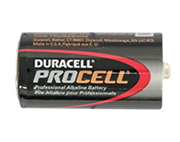
Batteries
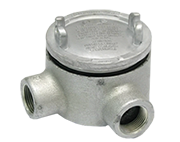
Electrical Boxes
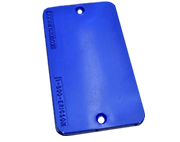
Electrical Box Covers
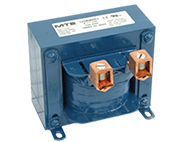
DC Link Chokes
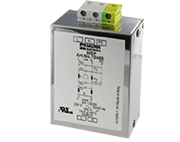
Filters
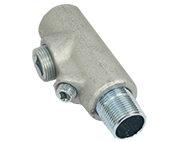
Fittings
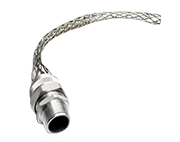
Grips
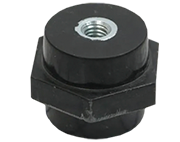
Insulators
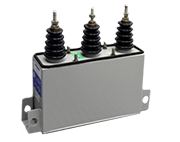
Power Factor Correction Capacitors
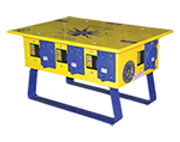
Power Centers
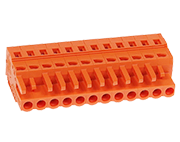
Plugs & Receptacles
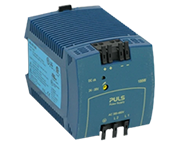
Power Supplies
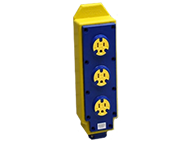
Power Strips
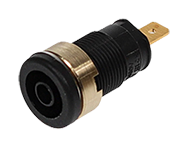
Jacks
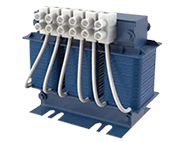
Line Reactors
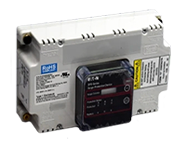
Surge Protective Devices (SPDs)
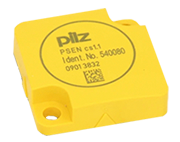
Safety Switches
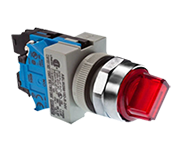
Switches
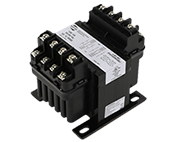
Transformers
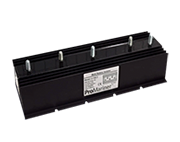
Isolators
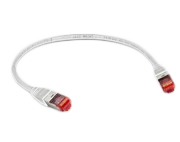
Multimeters

Bus Drops
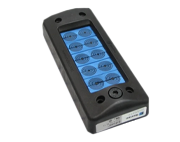
Cable Entries
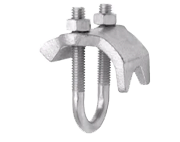
Conduit Mounts
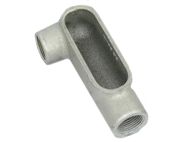
Conduit Outlet Bodies
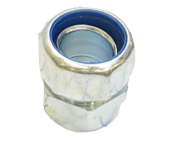
Couplers
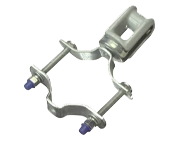
Wireholders
-
 2KRS-218-220Killark Plugs & Receptacles, KRS Series
2KRS-218-220Killark Plugs & Receptacles, KRS Series Item Number2KRS-218-220MFG Item Number2KRS-218-220SeriesKRSProduct DescriptionRECEPT, 20A2W3P 3/4in. F-THRUSpecifications
Item Number2KRS-218-220MFG Item Number2KRS-218-220SeriesKRSProduct DescriptionRECEPT, 20A2W3P 3/4in. F-THRUSpecificationsSpecifications Connection Type Double Receptacle Current Rating 20 A Frequency 60 Hz Number of Poles 3 Number of Wires 2 Lockout-Tagout No Aux/Pilot Contacts None Built-In Strain Relief No Case Material Metallic NEMA Rating NEMA 7 AvailabilityOrder by 5:00 PM ET and your package will ship the same day. -
 2KRS-218-320Killark Plugs & Receptacles, KRS Series
2KRS-218-320Killark Plugs & Receptacles, KRS Series Item Number2KRS-218-320MFG Item Number2KRS-218-320SeriesKRSProduct DescriptionRECEPT, 20A2W3P 1in. F-THRUSpecifications
Item Number2KRS-218-320MFG Item Number2KRS-218-320SeriesKRSProduct DescriptionRECEPT, 20A2W3P 1in. F-THRUSpecificationsSpecifications Connection Type Double Receptacle Current Rating 20 A Frequency 60 Hz Number of Poles 3 Number of Wires 2 Lockout-Tagout No Aux/Pilot Contacts None Built-In Strain Relief No Case Material Metallic NEMA Rating NEMA 7 AvailabilityOrder by 5:00 PM ET and your package will ship the same day.
Shop By
Close
Shopping Options
Manufacturer
Product Series

